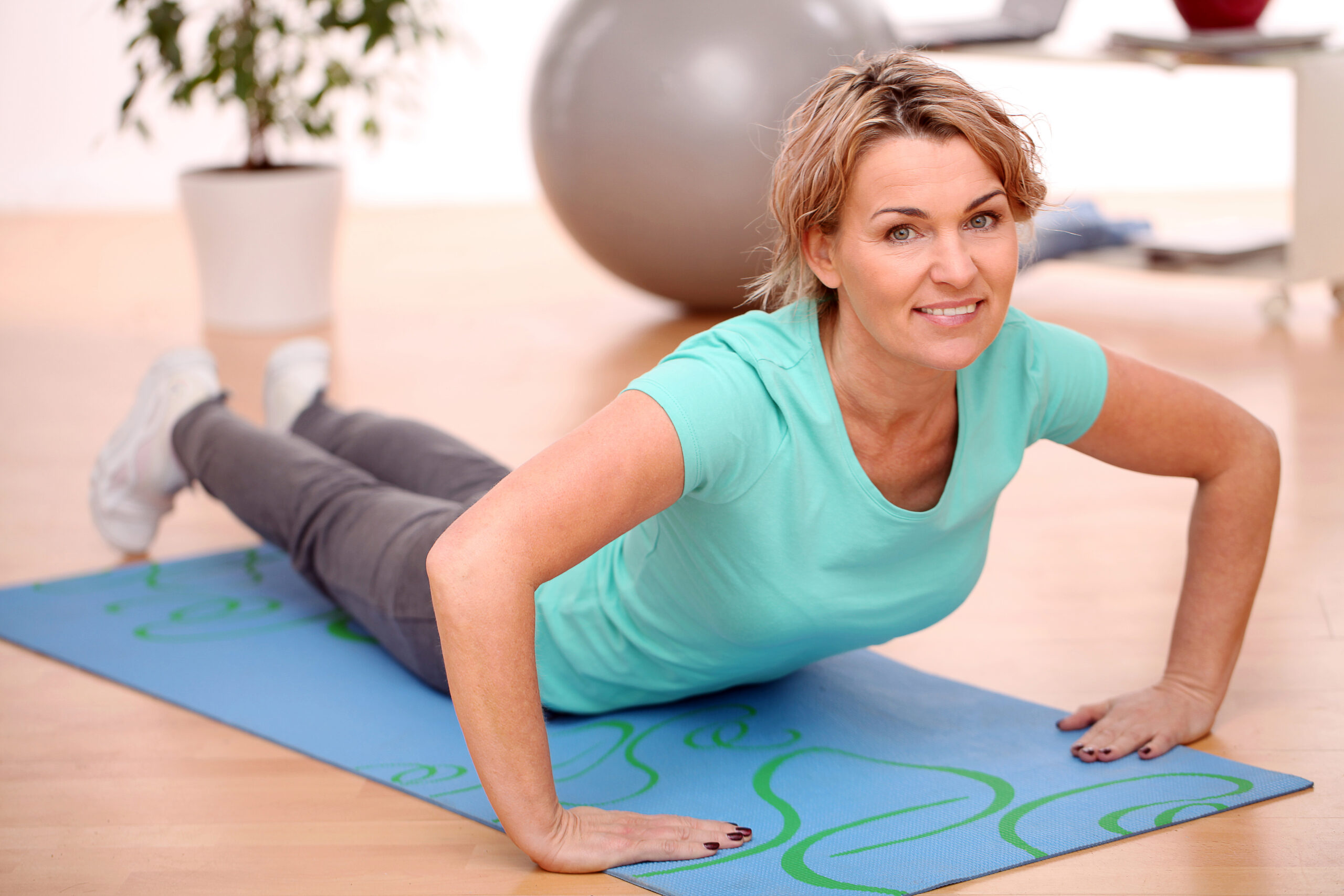Staying fit for women over 50 is crucial for maintaining a healthy lifestyle. At any stage of life, it is essential to adopt a healthy lifestyle, and for females above the age of 50, it is a path towards self-empowerment and overall wellness. This guide will cover various fitness elements that have been specifically tailored for women in this demographic.
Embracing the Later Years
As females reach their senior years, it presents a perfect opportunity to redefine their fitness objectives. This involves acknowledging the knowledge acquired while adjusting to the evolving requirements of their bodies. The path towards physical wellness during this phase is not solely focused on the body but also encompasses mental and emotional well-being.
Comprehensive Approach to Physical Wellness
Maintaining a proper equilibrium among cardiovascular workouts, strength training, and flexibility exercises is crucial to attaining a well-rounded fitness regimen that caters to different aspects of well-being. Incorporating a diverse range of physical activities not only adds diversity to one’s workout routine but also targets distinct muscle groups, promoting overall health.
Personalized Nutrition to Achieve Optimal Well-being
Proper nutrition is essential for maintaining women’s physical fitness after the age of 50. It is important to prioritize a balanced diet that is abundant in necessary nutrients to sustain energy levels and promote overall well-being. Adequate consumption of protein is crucial for preserving muscle health, and ensuring adequate intake of vitamins and minerals is necessary for maintaining strong bones and a healthy immune system.
Improving Bone Health Through Strength Training
As women get older, it is important to focus on maintaining bone density. To prevent osteoporosis, it is beneficial to include strength training exercises in your daily routine. Engaging in weight-bearing exercises such as squats, lunges, and resistance training can significantly improve bone health and overall strength and durability.
Tips for Cardiovascular Exercise
Participating in pleasurable forms of cardiovascular exercises such as walking, swimming, or cycling is crucial for maintaining a healthy heart. These not only enhance cardiovascular endurance but also have a positive impact on overall wellness. The recommended amount is at least 150 minutes of moderate-intensity aerobic activity per week, which can be divided into smaller, more manageable sessions.
Exercises for Flexibility and Mobility
Incorporate activities such as yoga or tai chi to improve joint flexibility and mobility. These physical exercises not only enhance balance but also minimize the likelihood of injuries and promote overall joint well-being. Adding stretching routines to your workout routine can also enhance flexibility, enabling you to maintain a complete range of motion.
Enhancing Mental Well-being Through Mindful Movement
To promote a healthy mindset, it can be beneficial to engage in mindful exercises that integrate the mind and body. Examples of such practices include meditation and gentle yoga, which offer a comprehensive approach. These mindful movements not only enhance concentration and attentiveness but also alleviate stress, ultimately supporting one’s overall mental well-being.
Discovering the Perfect Exercise Regimen
The uniqueness of each person should be reflected in their fitness regimen. It is important to customize workouts to match personal preferences, making them both pleasurable and sustainable. Whether one enjoys group classes, outdoor exercises, or individual workouts, selecting the appropriate routine promotes consistency and lasting achievements in one’s fitness progress.
Staying Driven and Conquering Obstacles
Obstacles are an inevitable aspect of any fitness journey. To successfully navigate them, it is important to devise tactics that will help you overcome them, maintain your motivation, and acknowledge and celebrate even the smallest achievements. Building a strong support network, setting achievable goals, and monitoring your progress are all effective methods to ensure that you stay on track and prioritize fitness as a long-term commitment.
Commonly Asked Questions (CAQs)
Q: Can a new fitness routine be safely started after the age of 50? Yes, it can! It is important to consult with your healthcare provider, gradually ease into the routine, and select exercises that are suitable for your current health status.
Q: What is the recommended frequency for exercising in a week? The recommended amount is at least 150 minutes of moderate-intensity aerobic activity and two days of strength training every week.
Q: Is it possible to develop muscle past the age of 50? Engaging in strength training can assist in the development and preservation of muscle mass, enhancing overall physical strength and wellness.
Q: How important is hydration for fitness? Proper hydration is essential as it promotes general well-being, facilitates digestion, and maintains body temperature while exercising.
Q: Are there any designated workouts for maintaining joint health? Indeed, low-impact activities such as swimming and cycling are kind to the joints and also aid in improving cardiovascular well-being.
Q: What can I do to maintain motivation for regular exercise? Establish achievable objectives, partner up with a workout companion, and opt for enjoyable activities to cultivate a lasting habit of exercising.
Summary
As women reach the age of 50, it is important to place a high value on their physical fitness to experience an improved sense of overall health, increased strength, and heightened vitality. It is necessary to embrace the natural changes that come with aging, maintain dedication to a regular fitness regimen, and appreciate the happiness that comes with living a healthier lifestyle.




